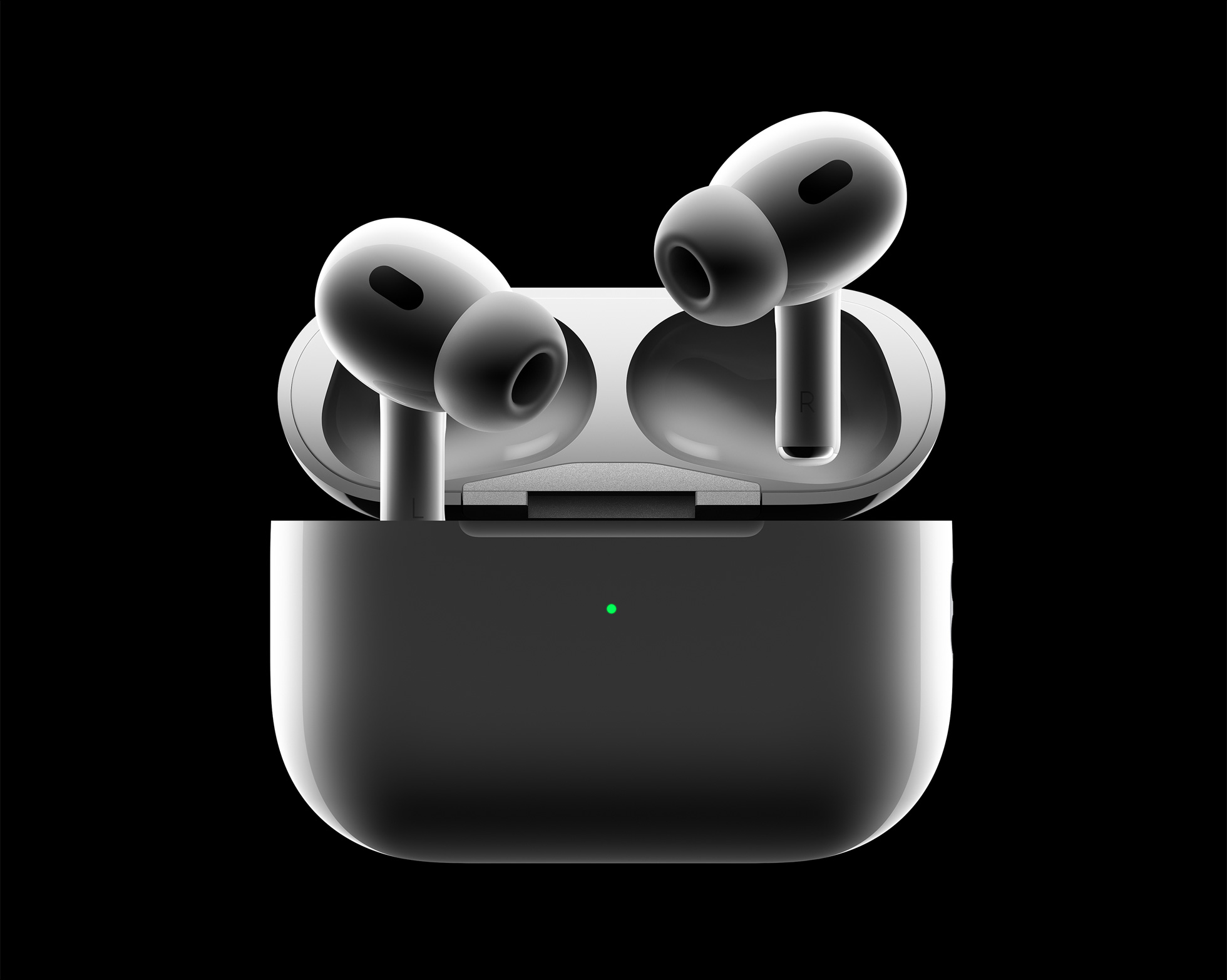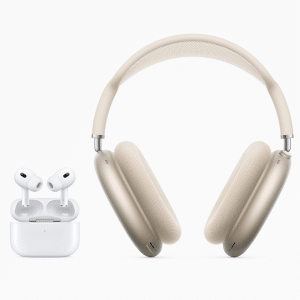To understand what these incremental updates can bring, it helps to look back at the previous 7B19 firmware update. Released last month, version 7B19 brought several new features to AirPods Pro 2, specifically:
- Hearing Aid Mode: A groundbreaking addition allowing AirPods Pro 2 to function as a hearing aid when paired with an iPhone or iPad running iOS 18.1 or iPadOS 18.1 or later. This feature significantly improved accessibility for those who need assistance with hearing in various environments.
- Hearing Test Feature: Enables users to assess their hearing using compatible Apple devices, which helps Apple optimize sound settings for the individual.
- Hearing Protection: This feature monitors sound levels and can automatically reduce exposure to loud sounds, protecting the user’s hearing.
These features reflect Apple’s commitment to accessibility, as they provide unique auditory support for people with varying hearing needs. However, not all countries have access to these features, as availability depends on local regulatory approvals.
It’s worth noting that the 7B19 firmware didn’t mention any specific additions or improvements for the AirPods 4, which could indicate that Apple’s focus was primarily on enhancing the AirPods Pro 2. The recent 7B20 and 7B21 updates, however, apply to both AirPods 4 and AirPods Pro 2, suggesting that both models may now see improvements in stability, connectivity, or general performance.
How to Check Your AirPods Firmware Version

Since firmware updates are applied automatically, users often don’t know which version their AirPods are running. Fortunately, it’s easy to check:
- Connect your AirPods to your iPhone or iPad.
- Go to Settings > Bluetooth and find your AirPods in the list of devices.
- Tap the Info (i) icon next to your AirPods.
- Scroll down to see the Firmware Version listed.
This quick check allows you to confirm if your AirPods are running the latest firmware version. If you see a version number other than 7B20 (AirPods 4) or 7B21 (AirPods Pro 2), your device may not have updated yet.
Commonly Asked Questions About AirPods Firmware Updates
1. Can I Manually Update My AirPods Firmware?
No, firmware updates for AirPods occur automatically when certain conditions are met. Unlike iOS updates, users cannot manually prompt an AirPods firmware update.
2. Why Don’t Firmware Updates Include Detailed Release Notes?
Apple’s firmware updates for AirPods typically focus on subtle performance improvements, bug fixes, or backend changes that don’t always impact everyday use. Apple may not provide detailed notes unless there are significant user-facing changes.
3. How Often Are AirPods Firmware Updates Released?
Firmware updates for AirPods are irregular and don’t follow a set schedule. Apple releases them as needed to address bugs or improve compatibility, especially after a major OS update for iPhone, iPad, or Mac.
4. What Happens if My AirPods Are Outdated?
While firmware updates can improve functionality, older firmware versions won’t prevent AirPods from working. However, you may miss out on some performance improvements, security enhancements, or new features.
Should You Be Concerned About Firmware Updates?
Firmware updates, while essential for keeping your AirPods running smoothly, don’t usually demand significant user attention. For most users, the automatic update system works well, and each new firmware version brings incremental improvements to the AirPods experience without requiring manual intervention.
If you experience issues with your AirPods, such as connectivity problems or inconsistent audio quality, ensuring your firmware is up to date can help resolve these issues. Otherwise, firmware updates simply improve the user experience and keep your AirPods compatible with Apple’s ecosystem.
The Future of AirPods Firmware Updates
With the latest firmware updates, Apple demonstrates its ongoing commitment to improving the AirPods experience. As Apple continues to refine the AirPods line with advanced features like hearing support and adaptive audio, users can expect future firmware updates to play an important role in enhancing these capabilities.
For now, it’s likely that firmware versions 7B20 and 7B21 are designed to stabilize and refine the user experience. As feedback emerges from the community, users will have a clearer picture of any new benefits or improvements included in this release.
The 7B20 and 7B21 firmware updates for AirPods 4 and AirPods Pro 2 signal Apple’s ongoing dedication to delivering a polished, high-quality experience across its wireless audio products. Though details on specific changes remain sparse, these updates underscore Apple’s proactive approach to fine-tuning the AirPods lineup.
If you’re eager to stay updated on all things AirPods, including tips, firmware news, and troubleshooting advice, check out Apple’s support resources or follow tech communities where updates and experiences are frequently shared.











